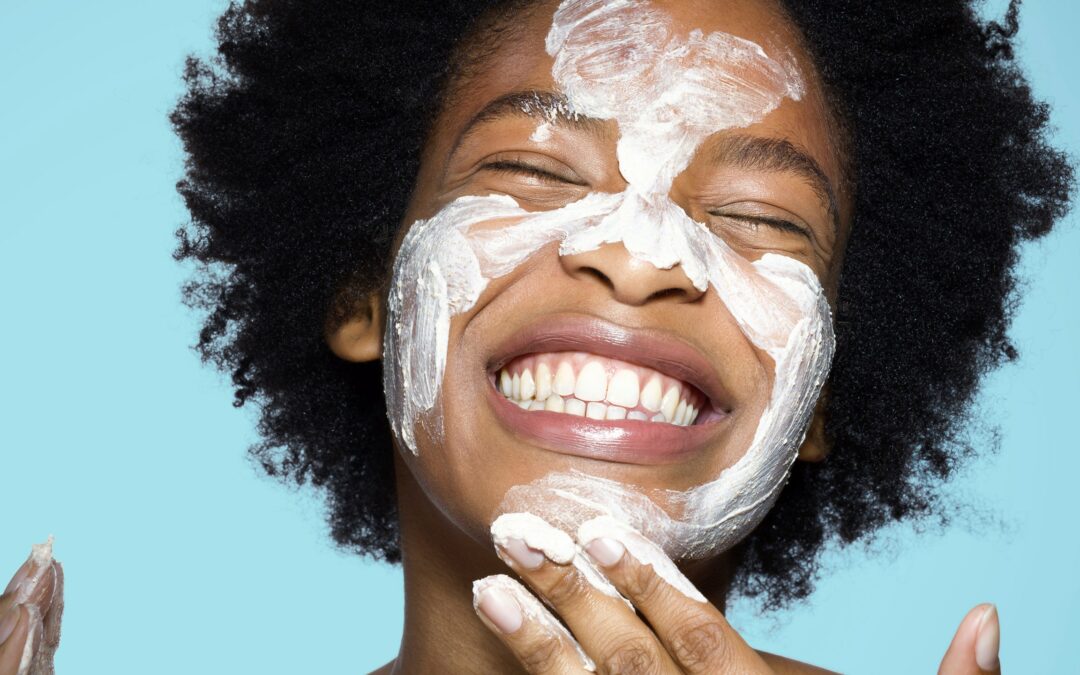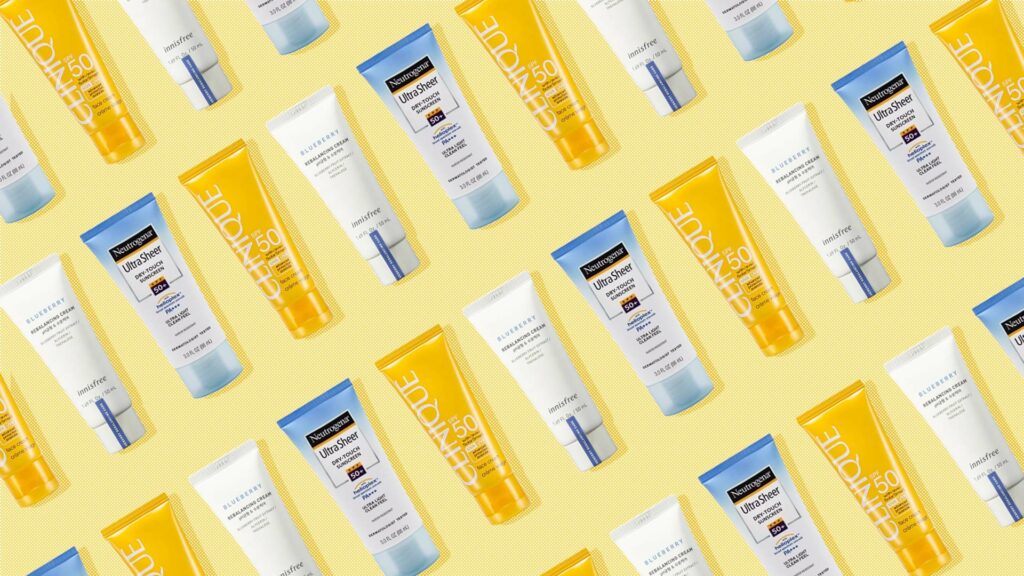There is no doubt that sunscreen helps in various ways to protect the skin to some extent. However, the real question is whether sunscreen really prevents tanning. No one wants a burnt, red skin tone that is a source of constant irritation. Most dermatologists recommend that one should wear sunscreen while heading outdoors. Yet, what about the sun lovers who wish to get a nice tan when on vacation or at the beach?
Hence, this article will explore how sunscreen works, how it prevents damage, what SPF means, and how to choose the one best according to your skin type. But, it is essential to note that even though sunscreen can’t aid in preventing all the harm caused, it is still vital that you learn how to apply it correctly.
Ways How Sunscreen Work
Firstly, let’s break down how many types of sunscreens exist. There are two types of sunscreen widely used. The first type is the popular chemical-made function by ingesting the UV (ultraviolet rays) and resists it from causing any damage. The second type of sunscreen is the physical-made that works by reflecting and scattering the UV rays.
Water-resistant sunscreen is considered the better option as it ensures that the product won’t fall out when you perform a specific set of activities. However, it is noteworthy that sunscreen acts as a barrier or filter on your skin, just like camera filters. It can’t block the sun’s exposure 100% or all the way; hence you’ll most likely get tanned a little. Thus, sunscreen can’t prevent a tan. A lot of people get curious as to why our skin gets tanned. The reason why the skin gets tanned is that the skin responds to the sun’s rays. As a result of that skin burn, the skin adjusts by tanning. The longer your skin gets exposed to the beams, the deeper the burn gets. Other causes of getting tanned skin are the release of melanin in the afflicted area.
Importance of Sunscreen
We must admit that the importance of sunscreens has been stressed ever since people got into skincare. Usually, dermatologists suggest buying a sunscreen with a broad spectrum. Our parents weren’t wrong when they said sunscreens are like sun-resistant police. Though at times the sun flashing on your skin might feel good, especially in winters, the adverse effects are naked to the human eye. Moreover, it can cause damage that won’t be repairable, for example, skin cancer.
Aside from offering protection against skin cancer, sunscreen can also aid against ageing, wrinkles, and skin discoloration. Wearing sunscreens not only keeps your skin guarded and safe while performing outdoor activities, but it can also prove fruitful during your basic activities such as heading down to the park with kids, driving, walking in the alley, etc.
Leaving your skin unprotected is almost like inviting skin problems. You should at least wear minimum moisturising sunscreen daily on your face, neck, and chest.
How to Apply Sunscreen
Now that we have discussed how sunscreens work and their importance, it is fair enough that we learn how to apply them. Many people apply a thin layer of sunscreen and often miss some spots. Remember that you must let the sunscreen sit for a good 20 minutes before you use another layer and then head outdoors. Consider your skin a wall. You must apply enough coats to ensure the proper application.
You must also not forget the easily neglected areas; these areas could be, behind the ears, the “v” line on your chest, especially if you are wearing a V-neck, and the bald patches on the head.
SPF
As mentioned in the article, sunscreens function and protect your skin by either absorbing or reflecting the sun’s harmful UV rays. In addition, all sunscreens are labeled with an SPF number. SPF stands for Sun Protection Factor. The Sun Protection Factor number narrates how effective each product is for the cause of restraining these rays. There are two types of sunscreens to choose from: UV rays impair and tarnish the skin cells. The UVA rays attack the delicate skin cells and induce premature aging, age spots, and wrinkles. On the other hand, UVB rays are the primary source of skin burns.
Each SPF number offers multiple levels of security. The more significant and higher the number of the SPF would be, the more safety the sunscreen offers. The optimum level of SPF is 50, as the increase isn’t as much as the numbers count after that.
It is also essential to note that you would use sunscreen with a higher SPF if you love to sunbathe. But, just because you are applying sunscreen with a higher SPF count doesn’t mean you can spend a lot of time under the sun. Just like all sunscreens, you’ll need to apply it after every two hours to avoid deep burns.
Some Good Options for Sunscreen
You try using many options if you happen to be looking for sunscreens (with a reasonable count of SPF) that keep your skin safe and sparkling while avoiding tanning as much as possible.
CeraVe Sunscreen
This sunscreen is for the face specifically. It is perfect for all skin types and is sold at an affordable price. When applying, you must ensure that all the exposed parts of the skin are covered with enough sunscreen. Remember to reapply after every 2 hours.
Paula’s Choice Sunscreen
This is a non-greasy sunscreen that gives extra care to delicate skin. Being a body sunscreen, it has a total count of 50 SPF. It quickly absorbs within minutes of application. It is also an excellent choice for all skin types and comes reasonably.
Elta MD UV Shield Sunscreen
This sunscreen is a little more expensive than the rest mentioned, but it is worth the price point. It gives a matte finish and is perfect for all skin types. It also moisturizes the skin, leaving a smooth and silky feeling. It has a total count of 45 SPF.
Conclusion
You must decide on a water-resistant one when choosing a sunscreen, as sweating can also wash away the product. Remember to reapply it every 2 hours and 15 minutes before getting into the sun. Sunscreen can prevent tanning, but only at a specific limit. Therefore, you must choose an all-rounder sunscreen that offers maximum protection.



Recent Comments